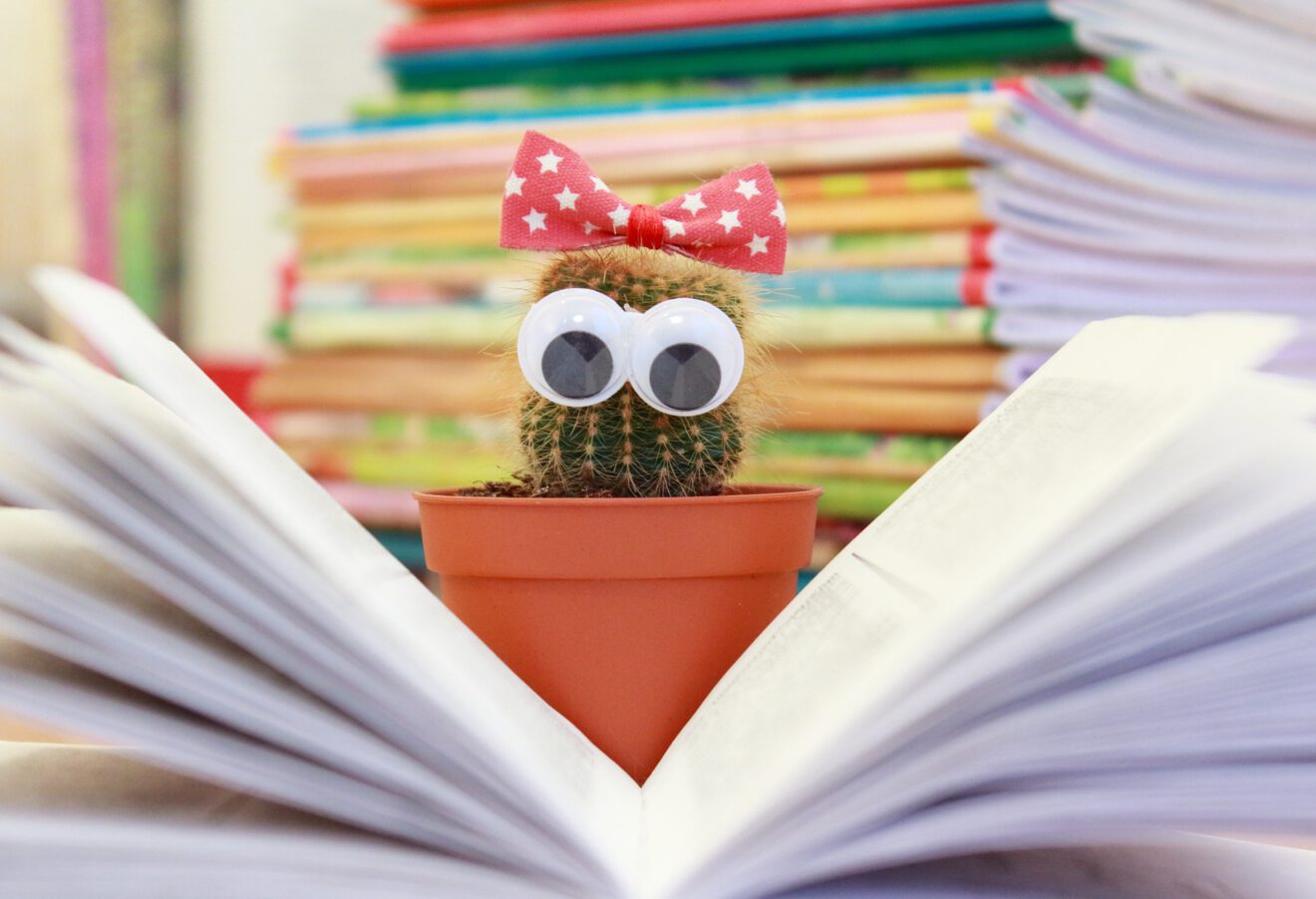Dyslexia affects every instructional task a student will face in school. We are a language-based society with deeply rooted traditions that rely on reading and writing. One in five students has a language-based learning disability, the most common of those being dyslexia. Fortunately, there is a window of opportunity to tackle and remedy dyslexia at an early age.
Patricia Mathes, a professor at Vanderbilt University, has been conducting research that examines the impact of early screening and intervention. Some of the findings reveal that students who have manifested signs of dyslexia were likely to read just like their non-dyslexic peers if remediation was conducted early and appropriately. Yale University’s Sally Shaywitz, one of the earliest researchers in this field, has conducted numerous studies indicating the same result from early screening and remediation. There is no acceptable support for “wait and see.”
Although we have a greater understanding of dyslexia today than we did a decade ago, much of this understanding hasn’t been available to the families who enter the public-school system. Helping parents and students feel comfortable having conversations regarding reading challenges is a big part of improving the outcomes for students with dyslexia. But, before there’s an opportunity for remediation, a student needs access to early screening and, when appropriate, a diagnosis of dyslexia.
1. Training and support for teachers
Having on-site personnel who have been trained in a dyslexia-specific reading remediation methodology is imperative to diagnosing students at a young age. Books like Essentials of Assessing, Preventing, and Overcoming Reading Difficulties, by David Kilpatrick, can help educators and parents better understand the disorder. Kilpatrick dives into the causes of reading difficulties, making it easier to assess why a child may be struggling.
Without dyslexia-specific training at the school level, there is no way educators can prepare to identify, teach, or even provide basic support to students with dyslexia. While some schools may have a handbook, this is only the first step. Schools of education, legislators, and districts will all need to focus more on passing legislation and providing appropriate education and support to teachers and administrators.
2. Universal screeners
When there isn’t a cohesive understanding of dyslexia in students, they could have any number of experiences in the school system. A clear step to improving a student with dyslexia’s education experience would be to have universal screeners available, and have teachers and administrators trained on how to use them. Educators would then not only be able to identify students with reading challenges, they’d also know how to drive appropriate instruction, intervention, and accommodation.
Universal screeners can be part of regular state testing that is already occurring in many schools across the country. If a school regularly uses a Dynamic Indicators of Basic Early Literacy Skills assessment in K-3, a dyslexia screener can easily be integrated. The components we are most interested in when talking about dyslexia are phonemic awareness and rapid automatized naming, which influences short-term memory and processing. These are critical components of reading.
3. Technology tools
Technology that supports students with dyslexia has come a long way in the last five to 10 years. Classrooms can use tools like audiobooks as an alternative to textbooks, along with additional features like SmartPens, which allow students to record class lectures and transcribe notes to revisit later. Also, the quality of text-to-speech resources like Google Drive and Speechnotes have vastly improved over the years, and these resources are usually free. Technology can provide students with dyslexia a stepping stone to encourage them to fully engage in the classroom.
4. Three essential supports for students
In Kilpatrick’s book, he cites three elements that existed in reading intervention programs that had the best results in early diagnosis of dyslexia:
- They aggressively addressed and corrected the students’ phonological awareness difficulties and taught phonological awareness to the advanced level.
- They provided phonic decoding instruction and/or reinforcement.
- They provided students with ample opportunities to apply these developing skills to reading connected text.
The best instructional strategies for teaching a student to read are summed up in “structured literacy,” a term used by the International Dyslexia Association. Structured literacy explicitly teaches systematic word identification and decoding strategies. One tool that supports this approach is Reading Horizons. This reading system distills Orton-Gillingham concepts to simple and elegant explanations of the English language that are extremely effective for students with dyslexia and others who are learning to read.
Everyone can find a way to be involved in recognizing and supporting students with dyslexia, from educators to schools to administrators to legislators. If we start looking at the difficulties in acquiring literacy skills at a young age, we can find techniques that work best for each individual student. Kids will use reading and writing skills every day of their lives, and it is paramount that they be provided with the right guidance and tools to get them on track.
Donell Pons is a reading and dyslexia specialist in Salt Lake City, Utah. Pons started her career in education when her youngest son was diagnosed with dyslexia. She has a master’s degree in Education and Teaching from Westminster College, along with a certification in Special Education. Connect with her at [email protected].
Tech Tips is a weekly column in SmartBrief on EdTech. Have a tech tip to share? Contact us at [email protected]
____________________________________
Like this article? Sign up for SmartBrief on EdTech to get news like this in your inbox, or check out all of SmartBrief’s education newsletters , covering career and technical education, educational leadership, math education and more.
